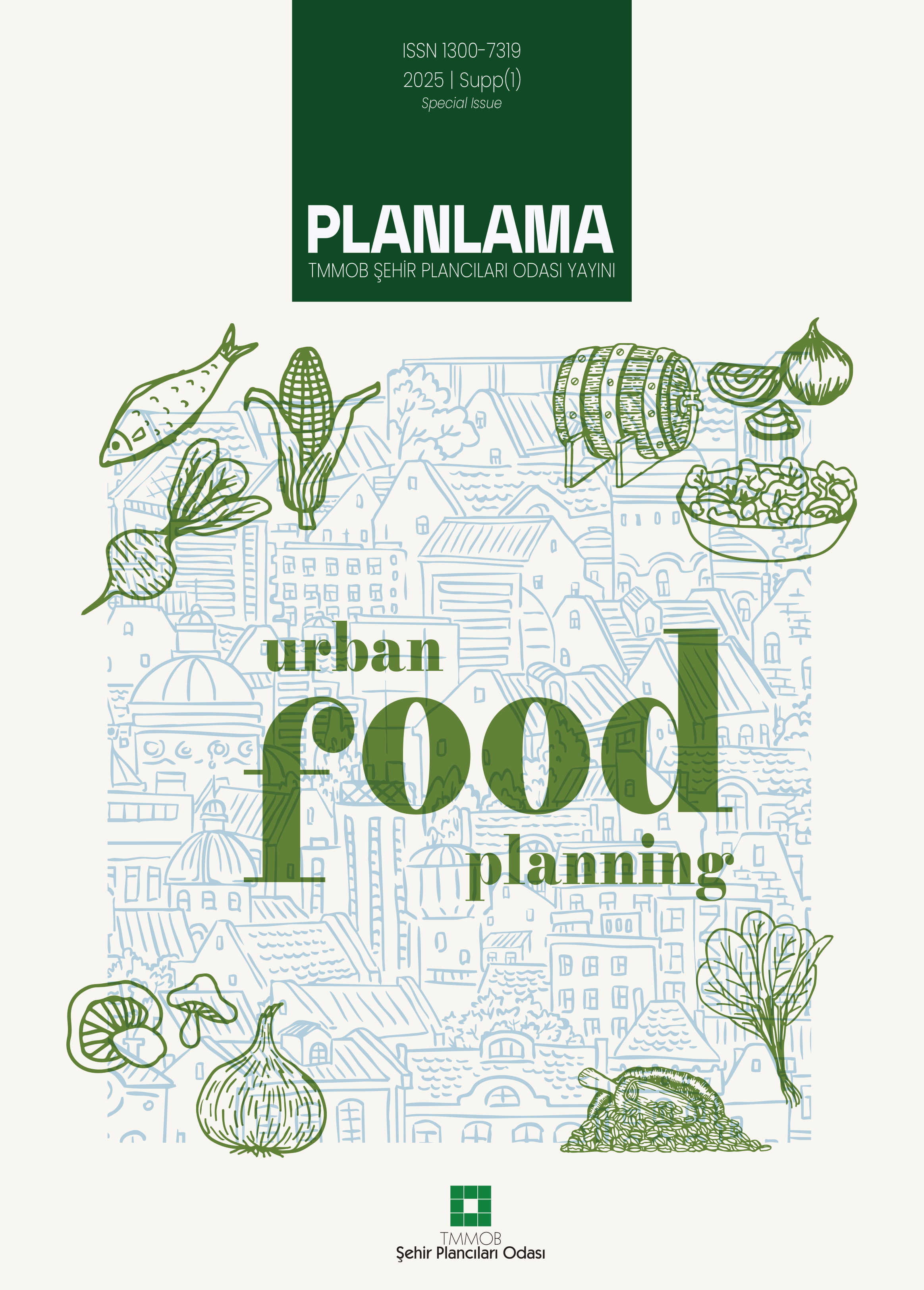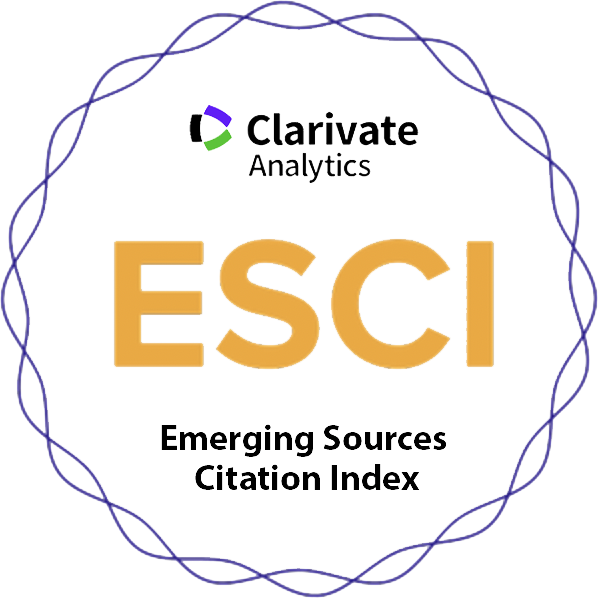Tarihi Kent Merkezlerinde Bireysel Hızlı Toplu Taşımanın Etkin Bir Ulaşım Çözümü Olarak Kullanımı: İzmir Tarihi Kemeraltı Örneği
Yavuz Duvarcı, Figen Akpınarİzmir Yüksek Teknoloji Enstitüsü, Mimarlık Fakültesi, Şehir ve Bölge Planlama Bölümü, İzmirKentsel mirasın korunması bağlamında pek çok sorunun temelinde ulaşım sistemi ve özel ulaşım türleri bulunmaktadır. Buna karşın kentsel yenileştirme, yeniden canlandırma, ve/veya kültürel mirasın korunmasında ulaşıma ilişkin konuların yeterince gözetildiğini söylemek zordur. Halbuki ekonomik canlılığın sağlanması sürdürülmesi, ulaşım sistemi ve arazi kullanım ilişkisinin sağlıklı kurulması ve dezavantajlı sosyal grupların erişim, hareketlilik ihtiyaçlarının gözetilmesi için ulaşımın özellikle kentsel koruma alanına entegrasyonu önem taşımaktadır. Üstelik çağdaş ulaşım türleri kullanılsa dahi çok dikkatli müdahale edilmesi gereken miras alanlarında çeşitli çevresel ve sosyal sorunlar ortaya çıkmaktadır. Bu makale mikro-simülasyon yaklaşımıyla Bireysel Hızlı Toplu Taşım (BHT) sisteminin fiziki olarak uygulanabilirliğinin, dezavantajlı grupların yerel düzeydeki ulaşım ihtiyaçlarının karşılanabilirliğinin, ve arazi kullanımı, hava kirliliği, güvenlik, sürdürülebilirlik türünden çevresel ve sosyal etkilerinin araştırılmasını hedeflemektedir. Çalışmada BHT sisteminin mikro-simülasyon yönteminin kullanılmasıyla, anılan tüm bu unsurlara çözüm sağlanmış ve doğrulanabilir kanıtlar biçiminde ortaya konmuştur. Bulgular hareketliliğin BHT teknolojisiyle eşit bir biçimde sağlandığını, sosyoekonomik faydaları olduğunu ve tüm bunların yanısıra fiziki olarak da sistemin uygulanabileceğini göstermiştir. Çalışmada BHT teknolojisinin çevreci ve sürdürülebilir olduğu, kentsel sit alanlarının korunmasında etkin bir çözüm olduğuna dair bilgi sağlanmıştır.
Anahtar Kelimeler: Bireysel hızlı toplu taşıma, akıllı ulaşım, miras alanları için sürdürülebilir ulaşım; sürdürülebilir ulaşım politikası.Using Personal Rapid Transit as an Effective Transport Solution in Historical Downtown Areas: A Case from Historic Kemeraltı, İzmir
Yavuz Duvarcı, Figen AkpınarDepartment of City and Regional Planning, İzmir Institute of Technology, Faculty of Architecture, İzmirMany issues related to the conservation of urban heritage are closely related to the transit system and the use of private transportation. Regeneration, revitalization, and/or heritage conservation are not properly managed due to problems arising directly from inconvenient transport solutions that cannot provide or resolve the accessibility and mobility needs of vulnerable groups together with inappropriate space management while indirectly causing economic shrinkage and loss of vitality. Furthermore, even if modern modes of transportation are used, they will cause significant environmental and societal difficulties, making them unsuitable for such sensitive places. This article, using a micro-simulation approach, investigates whether a Personal Rapid Transit system is physically applicable, and whether it can meet existing travel requirements to prove that it is sufficient for the needs of local level mobility, and finally whether other environmental/social impacts such that land use, air pollution, safety, sustainability are positive or negative. As a method, these outputs of the system application are presented as validations of the usefulness of the PRT. Finally, it was found that there is a gain in productivity in terms of mobility as well as other socio-economic benefits besides the physical applicability of the method. The study's goal is to get the information out about how PRT technology may help produce more ecologically friendly and sustainable solutions while also conserving historical assets.
Keywords: Personal rapid transit, smart transportation, sustainable trans-portation for the heritage areas; sustainable transportation policy.Makale Dili: İngilizce















